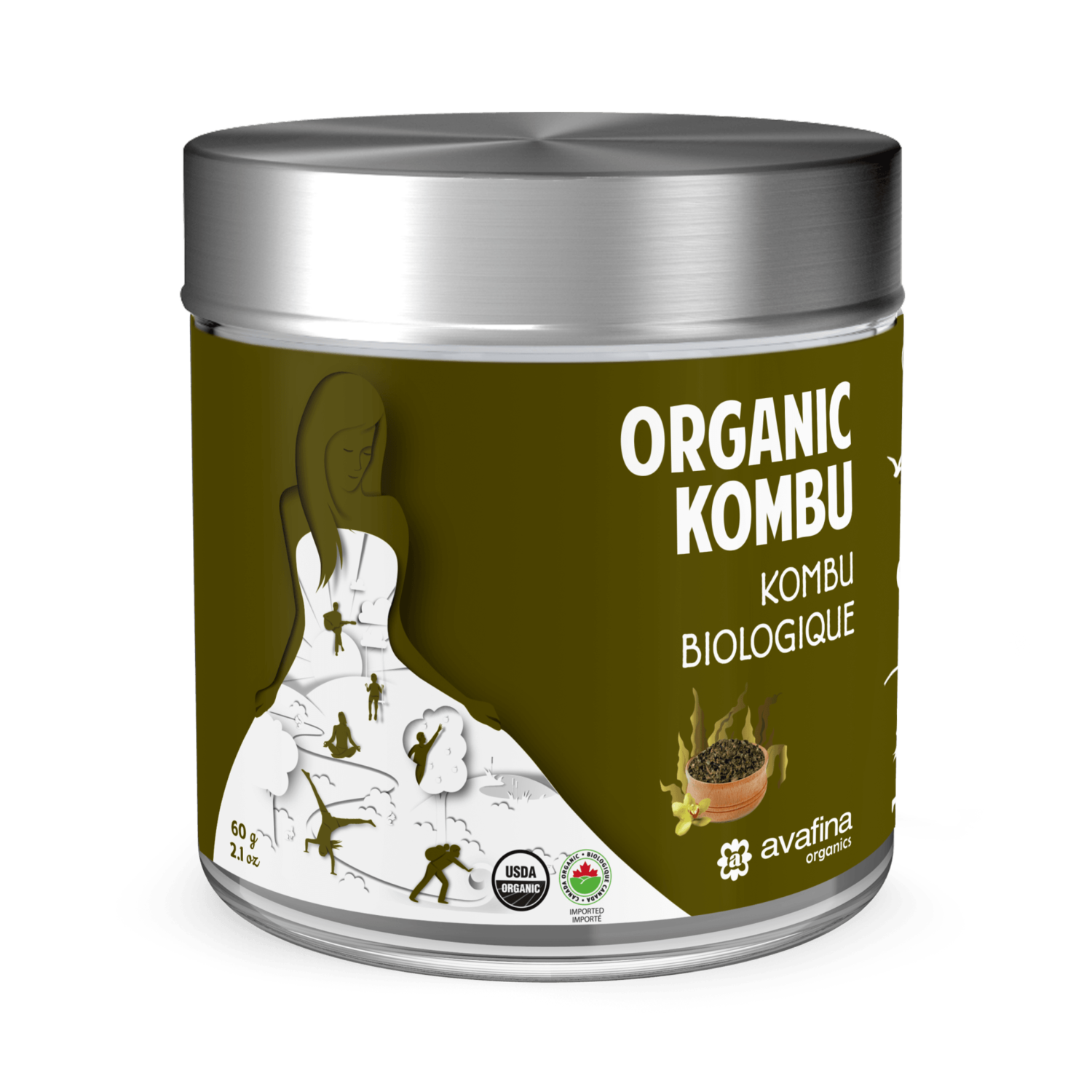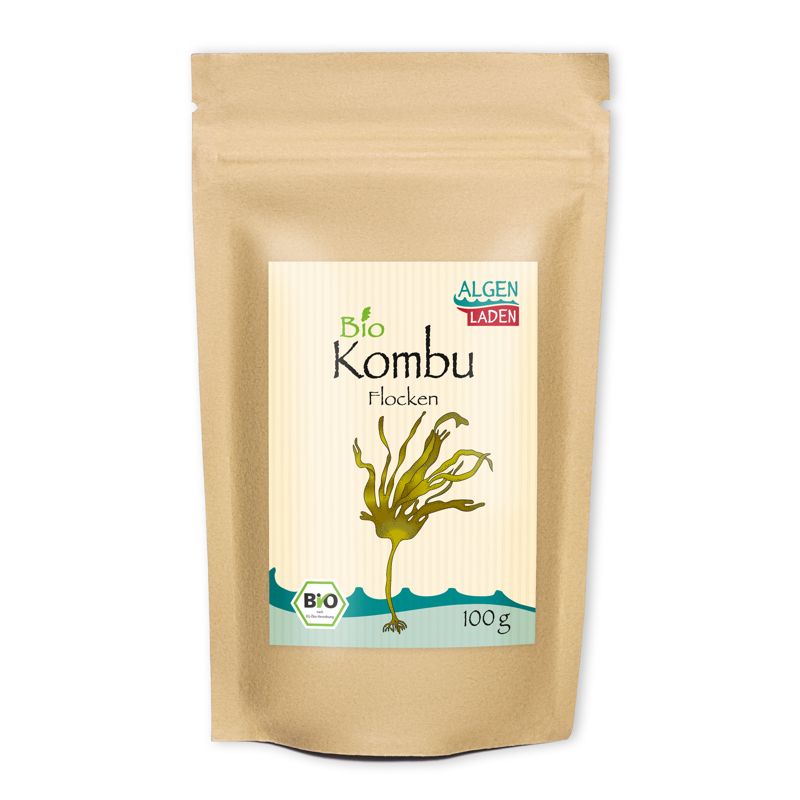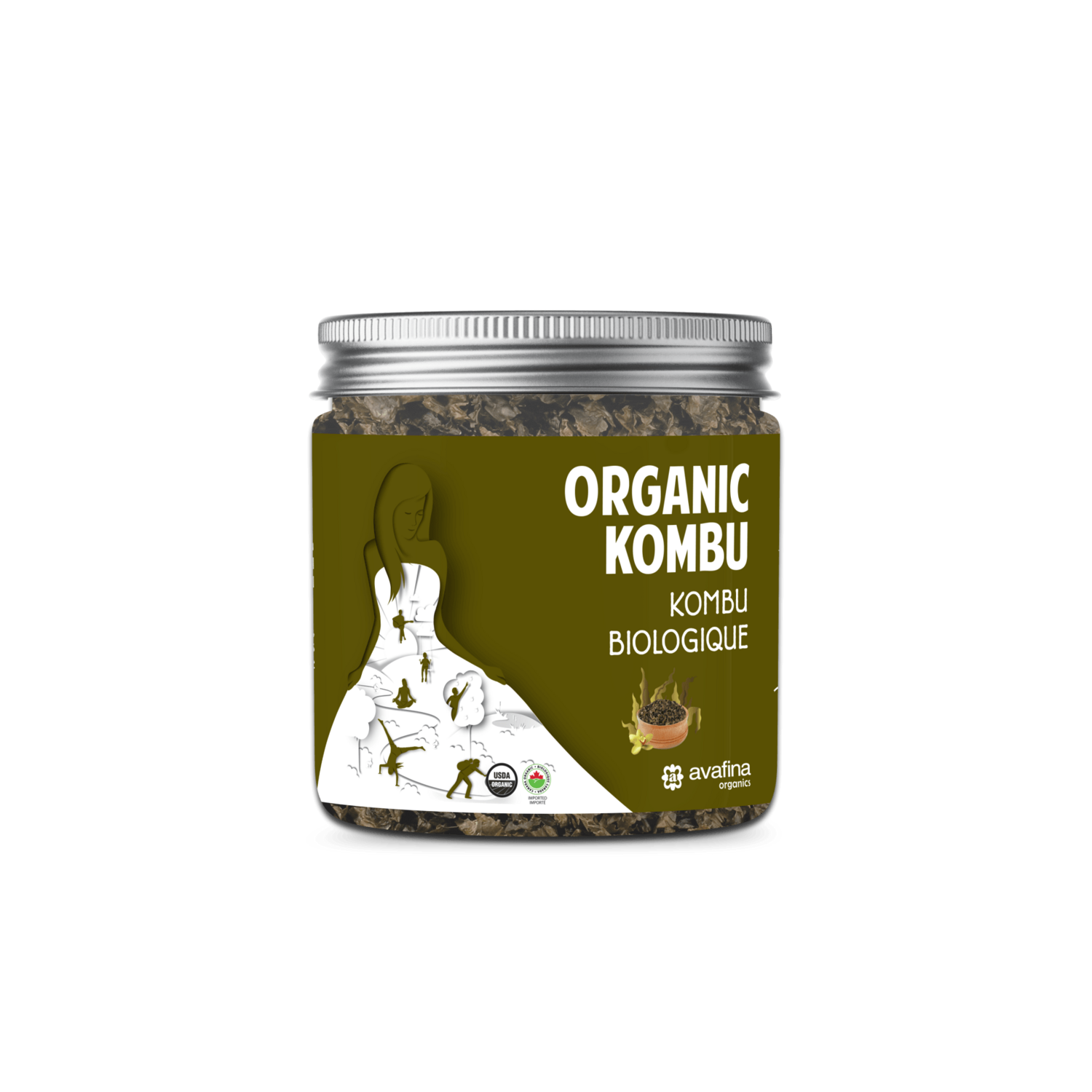
Herbs, Botanicals, Mushrooms & Seaweeds Oaktown Spice Shop
Organic Kombu Kelp Flakes - Young Baby Seaweed Grown in North Atlantic, Premium Quality Freeze-Dried for higher vitamin content. Soft Texture & Mild Taste. ½ tsp for daily vitamins. 60 Servings. Recommendations. Eden Kombu, Wild Japanese Hand Harvested Sea Vegetable, Hokkaido, Dashi, Seaweed, 2.1 Oz.

Bonito Flakes, Dashi Kombu & Cut Wakame Dried Seaweed.
First, combine a small piece of dried kombu and warm water in a pot and heat just to boiling. Remove the kombu just as the water starts to boil. Then add katsuobushi or bonito flakes. These are thin shavings of the bonito fish. Simmer for 2 to 3 minutes, then let steep for as long as desired to enhance the flavor.

Kombu Flakes
THIS IS A KOMBU SEAWEED FLAKES FROM HOKKAIDO . Succeeding traditional manufacturing method. The master had developed this methods which has been made since the Heian period (794-1185). This method is considered with this importance of this traditional method of Kombu, produces delicious Kombu and loved throughout Japan.

Kombu Flakes 100g Seaweed Flakes Nature's Glory Singapore
Kombu Flakes. Kombu is a brown seaweed found in sheltered rocky sea beds in the Atlantic and Pacific Oceans. Ecologically, Saccharina latissima is an important part of the coastal food web, providing food and habitat for sea animals. This edible kelp is widely savored in eastern Asia and is one of the main ingredients in dashi, a Japanese soup.

43 Best Japanese Things to Buy Online Under 100
Set the donabe over medium-low heat and slowly bring to a low simmer (about 25 - 30 minutes). Remove the kombu. Turn up the heat and bring to a high simmer, and immediately turn off the heat. Add the katsuobushi all at once. Wait until the katsuobushi settles in the bottom of donabe (about 2 minutes). Strain through a fine-mesh strainer into a.

Organic Kombu Flakes (Glass)
Kombu Dashi (昆布だし) is a Japanese soup stock made with kombu (昆布 dried kelp), dried kelp that is used extensively in Japanese, Korean, and Chinese cooking. In Korean, it is referred to as dasima (다시마), and in Chinese as haidai (海带). Kombu Dashi is vegetarian and vegan and the easiest dashi you can make. This sea vegetable.

Dried Kombu Flakes East Coast Wild Foods
Set the donabe over medium-low heat and slowly bring to a low simmer (about 25 - 30 minutes). Remove the kombu. Turn up the heat and bring to a high simmer, and immediately turn off the heat. Add the katsuobushi all at once. Wait until the katsuobushi settles in the bottom of donabe (about 2 minutes). Strain through a fine-mesh strainer into.

All About Raw Kombu Flakes YouTube
Ingredients. 1 palm-size (6 g) Kombu (dried kelp) 1/2 cup (6 g) Bonito flakes. 1 L of water. Directions. Step 1 PREP: Cut about 2 palm-size kombu. Wipe it clean with a wet towel. Do not rinse it as it will remove its umami flavour. Step 2 SOAK KOMBU: Fill in 1 L of water in a large sauce pan.

Ocean's Balance Organic Kombu Flakes Milk Street Store
Kombu—also called kelp, haidai and dashima —is a thick flat seaweed belonging to the brown algae family. The Japanese use kombu by steeping it in water to extract the natural umami essence to make dashi (Japanese soup stock), the foundation of many Japanese dishes. Hokkaido cultivates almost 95% of Japanese kombu in Japan as the sea kelp.

Dulse Powder, Sweet kelp, Kombu, Dulse Flakes, Sea Spaghetti, Bladder
A family of stocks made with ingredients such as kombu or bonito flakes, dashi is a cornerstone of Japanese cooking. Rich, fragrant and chock-full of umami flavor, dashi is an essential part of.

ALGENLADEN BIO Kombu Flakes 100g essbare Algen
The post-COVID-19 condition (PCC) is a disabling syndrome affecting at least 5%-10% of subjects who survive COVID-19. SARS-CoV-2 mediated vagus nerve dysfunction could explain some PCC symptoms, such as dysphonia, dysphagia, dyspnea, dizziness, tachycardia, orthostatic hypotension, gastrointestinal disturbances, or neurocognitive complaints.

Organic Kombu Flakes (PET 1 JAR)
Kombu is also a staple of Okinawan cuisine, which differs from mainland Japanese cuisine. It wasn't until 1867 that the word "kombu" first appeared in an English-language publication. It took some time before dried kombu was exported from Japan, occurring in the 1960s. Asian food shops and restaurants were the first to offer it.

Organic Kombu Kelp Flakes 12g Organic Estonia
Enjoy Whole Leaf Kombu or Kombu Flakes as an ingredient in salad, a component of soup stock, or a snack, the sweet but meaty taste of organic kombu is a unique marine flavor you're sure to enjoy. Ocean's Balance leads the industry offering premium seaweed products. Enjoy Whole Leaf Kombu or Kombu Flakes as an ingredient in salad, a component of.

Kombu Flakes Dulse & Rugosa
Add the red chili pepper. Bring the liquid to a boil over medium heat. Once boiling, reduce the heat to low and simmer until the liquid is almost evaporated, about 20-25 minutes. If the kombu is still not tender, add water and continue to cook. Check the taste and add more sugar and/or soy sauce, to your liking.

Kombu Seaweed Flakes Hodmedod's British Wholefoods
As mentioned above, preparing kombu dashi, a flavorful kelp soup stock, involves two primary methods: Mizu-dashi (cold water extraction) and Ni-dashi (boiling in water). For Mizu-dashi, begin with 1 liter of water and 10-15g of Kombu. The process is quite straightforward, simply soak the Kombu in water for a minimum of 3 hours.

ALGENLADEN BIO Kombu Flakes 100g essbare Algen
Here are some of our favorite ways to use this sea vegetable: To make vegetarian broth. Kombu can be used to make a light broth for Asian soups like miso, noodle soup, and tofu soup. To make one quart of broth, fill a pot with 4 cups of water and a 4-6″ strip of kombu. Cover and simmer for 20 minutes. Add soy sauce if desired.